When designing or remodeling modern glass doors—whether for a residential shower enclosure, a commercial storefront, or an elegant glass partition—the type of glass hinge you choose significantly impacts both functionality and aesthetics. Among the most common options are standard glass hinges and glass spring hinges. While they may seem similar at first glance, these hinges offer different mechanisms, benefits, and use-case suitability.
This article explores the key differences between glass hinges and glass spring hinges, including their mechanics, pros and cons, installation methods, and best-use scenarios. By the end, you'll be better equipped to choose the right hinge for your glass door needs.
What Is a Glass Hinge?
A glass hinge, sometimes referred to as a "shower door hinge" or "frameless glass door hinge," is a mechanical device used to pivot a glass panel, typically in doors without a metal frame. These hinges are designed to be mounted directly onto the glass, enabling sleek, modern designs without bulky hardware.
There are two major types of glass hinges:
● Standard glass hinges (non-spring)
● Glass spring hinges (self-closing)
Let’s examine each in detail.
Standard Glass Hinges
Standard glass hinges are simple mechanical pivots that connect a fixed glass panel to a swinging door panel. These hinges do not have built-in mechanisms to automatically return the door to a closed position.
Mechanism
Standard glass hinges rely solely on manual operation. You open and close the door by applying physical force, and it remains in whichever position you leave it.
Applications
These are ideal for applications where automatic door closing is unnecessary or undesired, such as:
● Glass shower enclosures with inward/outward swinging doors
Interior glass partitions
● Display cases and glass cabinets
Advantages
● Cost-effective: Typically more affordable than spring-loaded alternatives.
● Simple installation: Requires fewer mechanical considerations.
● Less mechanical wear: No internal components that could wear down with time.
Disadvantages
● No self-closing action: Must be manually returned to the closed position.
● Not ideal for high-traffic areas: May remain open unintentionally, reducing energy efficiency or compromising security.
Glass To Wall Shower Door Hydraulic Hinge
Glass Spring Hinges
A glass spring hinge includes a built-in spring mechanism that allows the hinge to automatically return the door to its original (typically closed) position after being opened. Also known as self-closing glass hinges, these are highly popular in commercial and shower door applications.
Mechanism
The internal spring creates tension that pulls the door back to the closed position. Some models allow for adjustable tension settings or include a soft-closing damper for smooth, noise-free operation.
Applications
Glass spring hinges are ideal for environments requiring:
● Self-closing glass shower doors
● Commercial glass entry doors
● Public restroom partitions
● Glass gates or enclosures requiring security
Advantages
● Enhanced safety and hygiene: Ensures doors automatically close behind users.
● Energy efficiency: Maintains climate control in temperature-sensitive areas.
● Professional look: Offers a smooth, automatic motion preferred in high-end designs.
Disadvantages
● Higher cost: A more complex mechanism makes them pricier.
● Regular maintenance: Springs and dampers may wear out over time.
● More difficult installation: May require precise alignment and more robust mounting.
Glass to Round Post Spring Hinge
Comparing the Two: Glass Hinge vs. Glass Spring Hinge
| Feature | Standard Glass Hinge | Glass Spring Hinge |
| Closing Mechanism | Manual | Automatic (self-closing) |
| Installation Complexity | Basic | Moderate to Advanced |
| Cost | Lower | Higher |
| Maintenance | Minimal | Regular (spring wear) |
| Ideal Use Case | Low-traffic, aesthetic focus | High-traffic, functionality focus |
Choosing between a glass hinge and a glass spring hinge boils down to your specific needs. If your project involves light use and prioritizes minimalism, a standard hinge is likely sufficient. However, for high-use environments, the reliability and security of a spring-loaded hinge may be well worth the investment.
Popular Materials for Glass Door Hinges
When selecting either type of hinge, material plays a critical role in durability and appearance. Common materials include:
● Stainless Steel (304 or 316): Rust-resistant, ideal for wet areas like bathrooms.
● Brass: Offers an upscale look, but may require regular polishing.
● Zinc Alloy: Often used in budget-friendly models.
● Aluminum: Lightweight and corrosion-resistant, though less durable than steel.
For outdoor or shower use, a stainless steel glass door hinge is highly recommended due to its strength and corrosion resistance.
Design Variations and Aesthetic Options
Modern glass hinges come in various finishes to match décor themes, such as:
● Polished chrome
● Brushed nickel
● Matte black
● Gold or bronze tones
Some manufacturers also offer concealed glass hinges or pivot hinges for ultra-sleek designs in frameless installations.
How to Choose the Right Glass Hinge for Your Door?
Here are a few factors to consider before making a final decision:
1. Door Weight and Size: Heavy or oversized glass doors benefit from spring-loaded glass hinges, which help safely manage their movement.
2. Desired Door Motion: If you want the door to close automatically (like in a frameless shower door), go with a self-closing glass hinge.
3. Aesthetics and Design: For ultra-minimalist glass door designs, a standard glass hinge may offer cleaner lines without extra hardware complexity.
4. Frequency of Use: In high-traffic areas like office lobbies or bathrooms, spring hinges improve convenience and reduce the risk of damage from slamming.
Installation and Maintenance Tips
● Always use tempered glass for safety.
● Choose hinges rated for your glass thickness (typically 8mm to 12mm).
● Use professional installers for glass spring hinges to ensure proper alignment and spring tensioning.
● Regularly check for loose screws or worn-out spring mechanisms in self-closing hinges.
Conclusion
Understanding the difference between a glass hinge and a glass spring hinge is crucial for anyone designing or upgrading a glass door system. While both types support frameless, contemporary glass designs, they serve different practical purposes.
● Choose a standard glass hinge if you're aiming for simplicity and don't need auto-closing functionality.
● Opt for a glass spring hinge when convenience, safety, and automatic door closure are priorities.
When sourcing your hinges, look for high-quality stainless steel glass door hinges to ensure durability, especially in moist environments like bathrooms. Selecting the right type of glass door hinge can enhance both the performance and visual appeal of your space. Please consult professional glass hardware manufacturers if necessary.

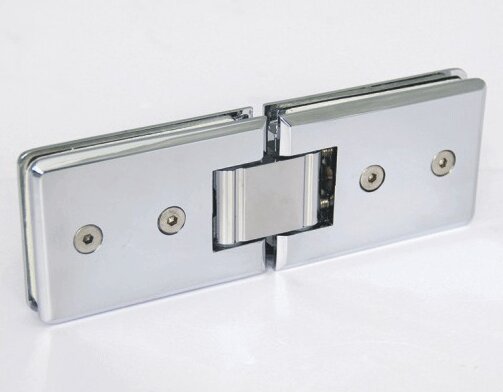
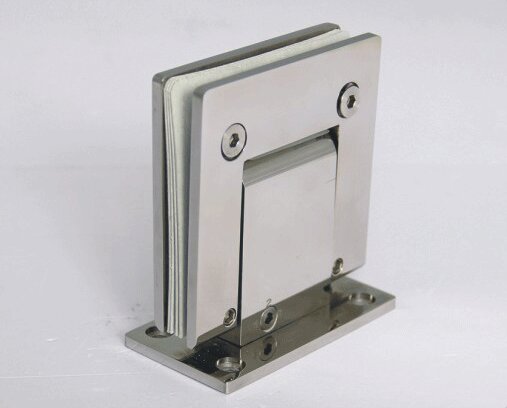

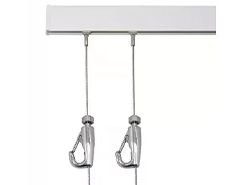
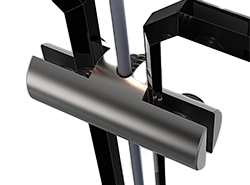
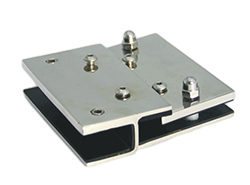



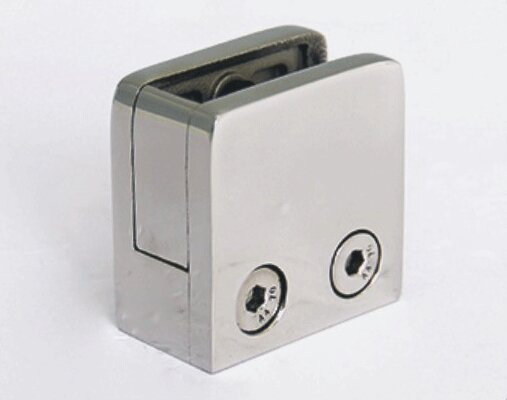
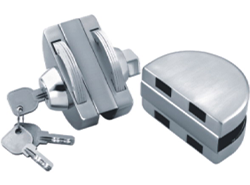
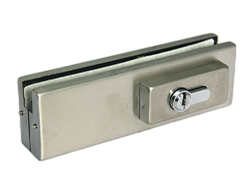
_31221.png)